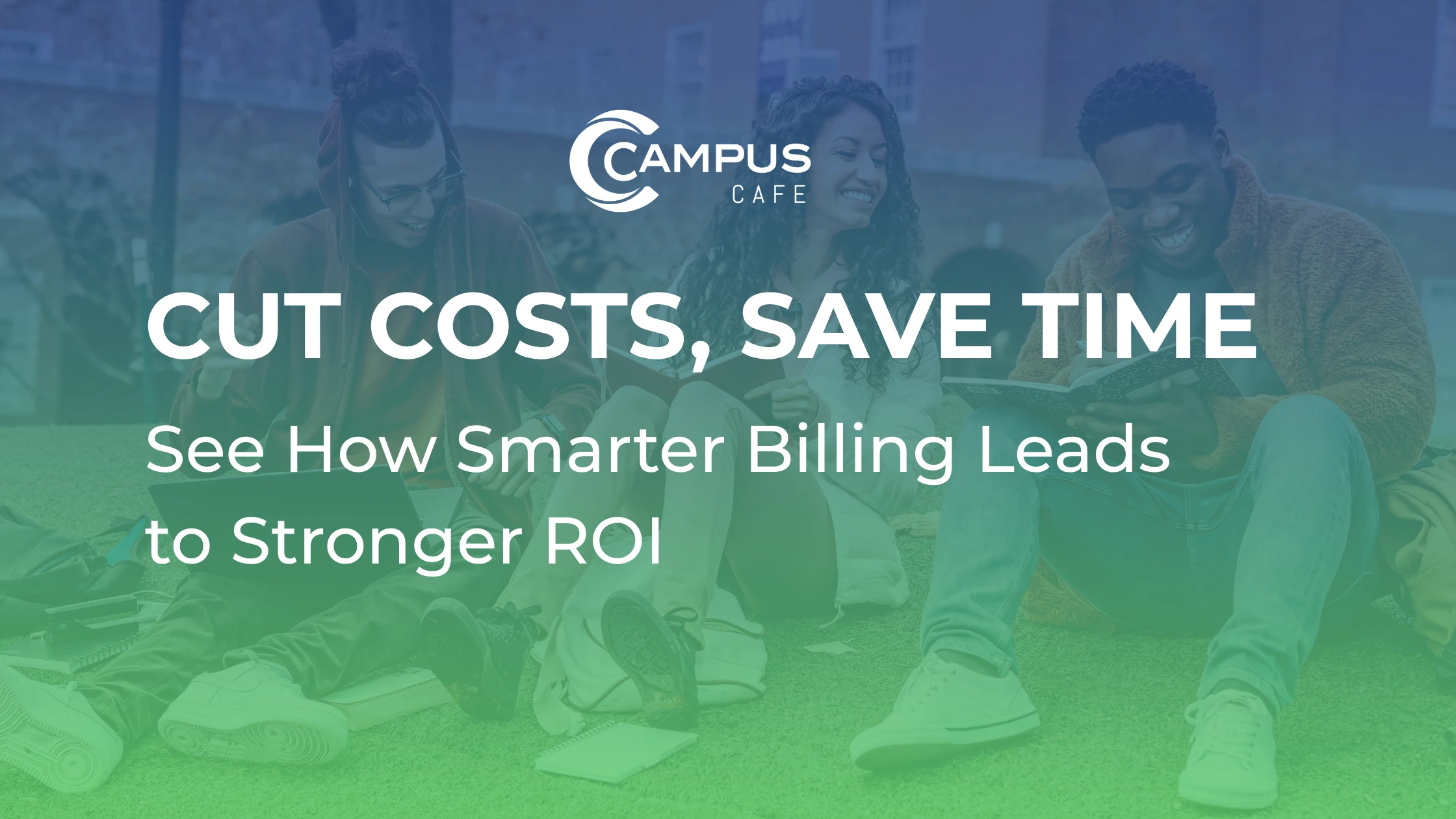Streamline tuition with school billing software that reduces errors, improves collections and enhances the student experience.
Continue readingHow Smarter Student Data Management Delivers Real ROI for Your Institution
Smarter student data management delivers ROI. From operational efficiency to student retention, the results speak for itself.
Continue readingWhy Modern Colleges Are Moving Away from Spreadsheets: How Campus Cafe Eliminates Manual Work
In an era where students have access to cutting-edge technology, higher education staff and administrators should, too. Manual processes and spreadsheets belong in the past.
Continue readingCampus Cafe Customer Community | Customer Resources
Campus Cafe’s Community is an online destination for our clients to interact with fellow higher-ed professionals, including Campus Cafe’s own experts and super users.
Continue readingComparing Campus Cafe and Ellucian Colleague: Student Information System Review
We explore how Campus Cafe’s student information system compares to Ellucian Colleague in key areas, like price, features, integrations and more.
Continue readingCampus Cafe vs. Ellucian PowerCampus: Which Student Information System is Right for Your Institution?
Discover why Campus Cafe’s student information system is a better solution than Ellucian PowerCampus for institutions with limited budgets and small staff.
Continue readingSIS SOS! Expert Solutions to Implementation Challenges
Campus Cafe has helped hundreds of schools implement our integrated student information system. We have the solutions and support to help you with navigating small bumps in the road to full-blown SIS emergencies.
Continue readingHow to Find the Best Student Information System for Higher Education Schools
The best way to keep student data secure, accessible and manageable is to have a trustworthy data partner. Watch out for these red flags to find the best student information system vendor for your college.
Continue readingImplement a Student Information System: 5 Keys to Success
We share time-tested best practices and advice from real customers to implement a student information system.
Continue readingCybersecurity Best Practices to Safeguard Student Data
Learn how to protect and safeguard student data by maintaining data privacy, mitigating cyber threats and securing student information.
Continue reading










